Three iconic islands, endless cultural experiences.
W
ith arresting architecture, blindingly white beaches, and chromatic coral reefs, the ABC Islands (Aruba, Bonaire, and Curaçao) are synonymous with paradise. As if these sister islands weren’t lovely enough, they also enable travelers to tick their culture, gastronomy, and history boxes simultaneously. Formerly part of the Netherlands Antilles (a constituent country that was dissolved on 10/10/10) and now part of the Kingdom of the Netherlands, this is arguably the most multicultural corner of the Caribbean.
Located north of Venezuela’s coast, at least 50 different nationalities can be found on each island, and effortlessly multilingual residents flit between English, Dutch, Spanish, and Papiamento (this is the only region in the world where this Creole language is spoken). Stores are stocked with blue and white Delftware pottery, Latin and Afro-Caribbean dishes are consumed at restaurants where salsa, bachata, cumbia, reggaetón and tumba music serenade diners, and colorful Dutch gable-roofed buildings adorn the streets of all three capital cities (Oranjestad, Kralendijk, and Willemstad).
Aruba, Bonaire, and Curaçao are the three westernmost islands of the Leeward Antilles in the South Caribbean (outside of the hurricane belt), and Aruba is the smallest but most visited. Bonaire courts serious divers lured by its colorful underworld (the entire island is a protected marine park), while Curaçao is known for its national parks, UNESCO-listed capital, and the orange-peel liqueur bearing the same name.
Recommended Fodor’s Video
Cultural travelers looking to explore one or all of three linguistically diverse tropical destinations should bookmark CheapCaribbean, a one-stop shop for deals and customizable vacation packages in the Caribbean, Mexico, and Central America (there’s even a price matching guarantee). Everything from hotels and transfers to excursions and cocktail-making experiences can be booked on-site. To plan your bucket list trip to the ABC Islands, read on for guidance on where to get a taste of the culture, unmissable activities, cultural events, and places to stay in this heart-stealing island constellation.
Aruba
For 137 years, Aruba was controlled by the Spanish before the Dutch occupied it in 1636. During the Napoleonic wars, the British also briefly took over. Today, the 70-square-mile island is a medley of natural wonders, caves with drawings from the island’s first known Indian inhabitants, remnants from its gold mining past, staggering hotels, and late-night casinos. Aruba’s heritage is reflected in its music, art, street signs, and town names (the charming capital Oranjestad is named after the Dutch royal family) and languages (Papiamento and Dutch are the official languages though English is widespread) as well as its cuisine.
Experiencing Aruba’s Culture
Don’t leave without sipping the island’s signature cocktail, the Aruba Ariba, a tempting mix of white rum, Grand Marnier, fruit juices, and coecoei, an Aruban liqueur made from aloe sap. Sample the orange-hued cocktail at Blue Bar at Renaissance Wind Creek Aruba Resort or at the Hilton Aruba Caribbean Resort & Casino (formerly the Aruba Caribbean Hotel), where the drink was first fashioned during a cocktail-making contest. Beer enthusiasts can embrace Aruban-made beer at Fireson Brewing and Balashi Brewery, and cultural foodies will find history in every bite of the national dish, keshi yena, a ground beef and Dutch Edam cheese fusion plate that traditionally utilized leftover food scraps. Gasparito and Aruba Ocean Villas’ Hemingway-inspired restaurant serve up particularly crowd-pleasing versions of this casserole dish.
Unmissable Activities and Cultural Events
Aruba’s official motto is “One Happy Island.” Feel the zeal every Tuesday evening during the folkloric song and dance-filled Bon Bini Festival, which takes place in the courtyard of Fort Zoutman, the city’s oldest building. Another unmissable affair is a trip to the 7909-acre Arikok National Park, where there are caves, lava formations, Indian rock drawings, and natural pools to be found. Travelers can secure excursions to the national park (and beyond) when reserving a vacation with CheapCaribbean, which provides seamless trip add-ons during booking.
WHERE TO STAY
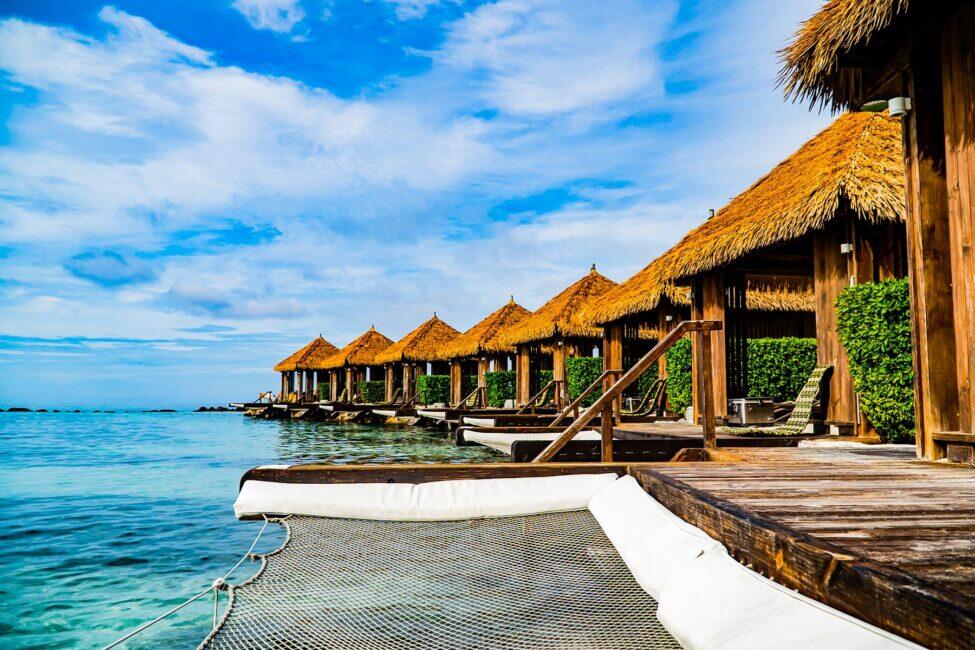
For lodging, Renaissance Wind Creek Aruba Resort provides Aruba’s most exclusive and covetable experience: getting up close and personal with dozens of leggy, taffy-pink flamingos on Renaissance Island, a private white sand island that’s reserved exclusively for guests of the hotel.
Bonaire
While less trammeled than Aruba and Curaçao, Bonaire holds its own. This lesser-known sibling is without contest the best place for shore diving and snorkeling. Alongside the burgeoning diving industry, Bonaire has also found prosperity from salt production; the Cargill salt mounts are one of the top attractions on the island. Having oscillated between Spanish, English, and Dutch control, Bonaire has an international feel (the US dollar is the official currency) despite the heavy Dutch influence. After the dissolution of the Netherlands Antilles on 10 October 2010, Bonaire became a special municipality of the Netherlands along with Saba and Sint Eustatius, and the BES Islands were formed.
Experiencing Bonaire’s Culture
For a small island where cactuses outnumber people, Bonaire impresses with a plethora of varied and innovative cuisine options. Feast on flavors of the world at El Mundo (Spanish for “The World”) on Kralendijk’s main street or enjoy Spanish tapas bites at Bon Tapa. Sample sweet but spiny cactus liqueur at the Cadushy Distillery, and don’t forget to buy a bottle to go (it’s the quintessential Bonairean souvenir). Run by a mother-son duo, hilltop restaurant Posada Para Mira in Rincon serves up local favorites like funchi (cornmeal), iguana soup, and lip-smacking goat stews and alongside Dutch pancakes and croquettes. Bonaire’s cultural intermingling is also visible at Karel’s Beach Bar, a popular waterfront hangout with a bilingual menu that features pumpkin arepas, pastechi (empanada-like fried dough pockets widely consumed in Bonaire), and starchy Dutch bites like uitsmijter and broodje ongezond.
Unmissable Activities and Cultural Events
Bonaire is a bonafide spelunker’s nirvana with more than 400 caves to explore. Rent some wheels to lay eyes on lakes in supernatural shades of blue, green and pink, wild donkeys, salt flats, and saltwater lagoons where thousands of protected flamingos roam. Get your adrenaline pumping and harness the Bonairean wind while driving blokarts with Bonaire Landsailing adventures or let Bonaire Bird Photography Tours accompany you through cacti-filled Washington Slagbaai National Park.
Annual cultural experiences to drink in here include Barí festival in the fall when musicians chant and traipse around the village of Rincon—the oldest settlement in the Dutch Caribbean—and playfully disclose secrets from the past year. Excitement and folkloric music also echo through the island’s streets during Flag Day (Dia di Boneiru) in September, the Maskarada festival on New Year’s Day, Bonaire’s monthlong carnival (in January, February, or March) and April’s Simadan sorghum harvest festival.
WHERE TO STAY
Bonaire is largely free of mega-resorts, and it’s partitioned into six villages: Rincon, Antriol, Nikobiko, Tera Cora, Noord Saliña, and the rainbow-hued capital Kralendijk, which is also called “Playa.” After adventuring around the island, rest your head in Kralendijk at Courtyard by Marriott Bonaire Dive Resort which has a water sports center offering boat tours, private watersports, and diving gear. Just minutes from colorful Kaya Grandi—Kralendijk’s main street—Divi Flamingo Beach Resort & Casino has oceanfront rooms and facilitates snorkeling right from your doorstep.
Curaçao
The “middle child” of the ABC Islands is geographically the largest, the most curvaceous, and a veritable cultural melting pot. Taking over from the Spanish, who had deemed the island “useless” due to a lack of precious metals, the Dutch conquered Curaçao in 1634 and used it as a trading base. The French and English had also previously taken an interest in the island. Curaçao has a sizeable Jewish community, with the first wave of Jewish immigrants arriving in 1651. Today, it is home to the oldest continually used synagogue in the Americas. With a diverse population of roughly 160,000, Curaçao bursts at the seams with vibrance, nightlife, boutiques, museums, murals, and bustling bars dotted along its 30-plus much-touted beaches.
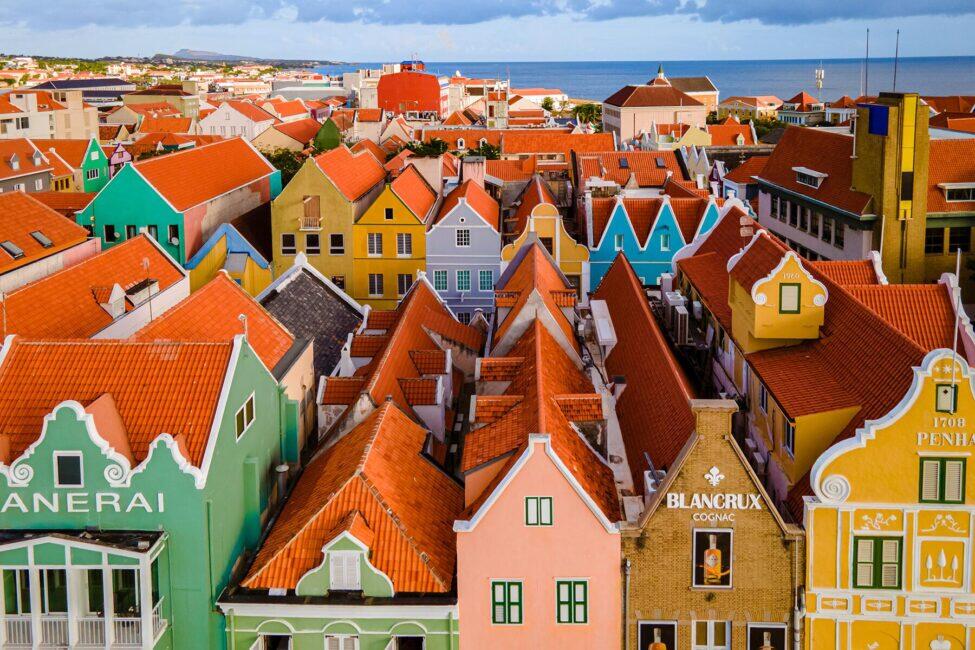
Experiencing Curaçao’s Culture
Prepare your own boozy elixir and learn all about the history of the island’s namesake spirit, Curaçao liqueur, at Landhuis Chobolobo. Educational guided tours are offered around this mansion, where the world-renowned Laraha orange-peel spirit is distilled. Ròm Bèrdè (green rum) also wrestles for the title of most popular alcoholic beverage in Curaçao, and it’s available at Netto Bar, the island’s oldest drinking hole. You can feast on a variety of Curaçao’s culinary treats at the open-air Marche Bieu (or Old Market) or at a truk di pan (food truck) like BBQ Express Caracasbaai or Koko Riba Bloki in Willemstad. Influences from Indonesia—another Dutch colony—are also present in Curaçao’s cuisine. Head to Landhuis Daniel which has a stellar Indonesian rice table (rijsttafel) as does Batik Asli in Jan Thiel.
View this post on Instagram
Unmissable Activities and Cultural Events
Curaçao’s UNESCO-protected capital Willemstad looks and feels like a European city uprooted to the perennially sunny Caribbean. Waterfront street Handelskade assaults the senses pleasantly with rows of Dutch-inspired, red-roofed colorful buildings, many of which date back to the 18th century. Perch at The City on Handelskade to take in the sight of the Queen Emma Bridge (Curaçao’s bridges are all named after Dutch queens) floating to one side several times a day to make way for passing ships. Also known as the “Swinging Old Lady,” this pedestrian bridge connects both historic city sections, Punda and Otrobanda.
Immerse yourself in the cultural fabric of the island by visiting during carnival (carnaval) in early January. You’ll hear tambú (Curaçaoan blues) and tumba, African-influenced sounds named after the Mandinka word for “drum.” Seú is another rhythmic festival that takes place on Easter Monday to celebrate the harvest. To dive further into Curaçao’s history, make a pit stop at the Kura Hulanda Museum, which displays African and Antillean art, and chronicles the slave trade and European colonization in a former merchant’s home.
WHERE TO STAY
After all is said and done, retreat to Dreams Curaçao Resort, Spa & Casino, an all-inclusive escape on the fine sands of Piscadera Bay, or all-suite Zoëtry Curaçao Resort & Spa a stone’s throw away. Not far from Handelskade, Renaissance Wind Creek Curaçao Resort has an achingly attractive infinity pool and enjoys proximity to the 1828-built Rif Fort, where precious views of the city and the sea are on offer. All three hotels can be booked on CheapCaribbean. Wherever you stay in Curaçao, be sure to explore the full breadth of the island. Take in trendy Pietermaai and street art galore in Schaarloo, encounter caves and flamingos in Bandabou (or countryside) on the west, and meet African ostriches in Bandariba on the east.
Island nations Aruba, Bonaire, and Curaçao share history, traditions, architecture, and cuisine and fit a world of diversity within them, but they are distinct destinations thoroughly deserving of exploration, one island at a time.
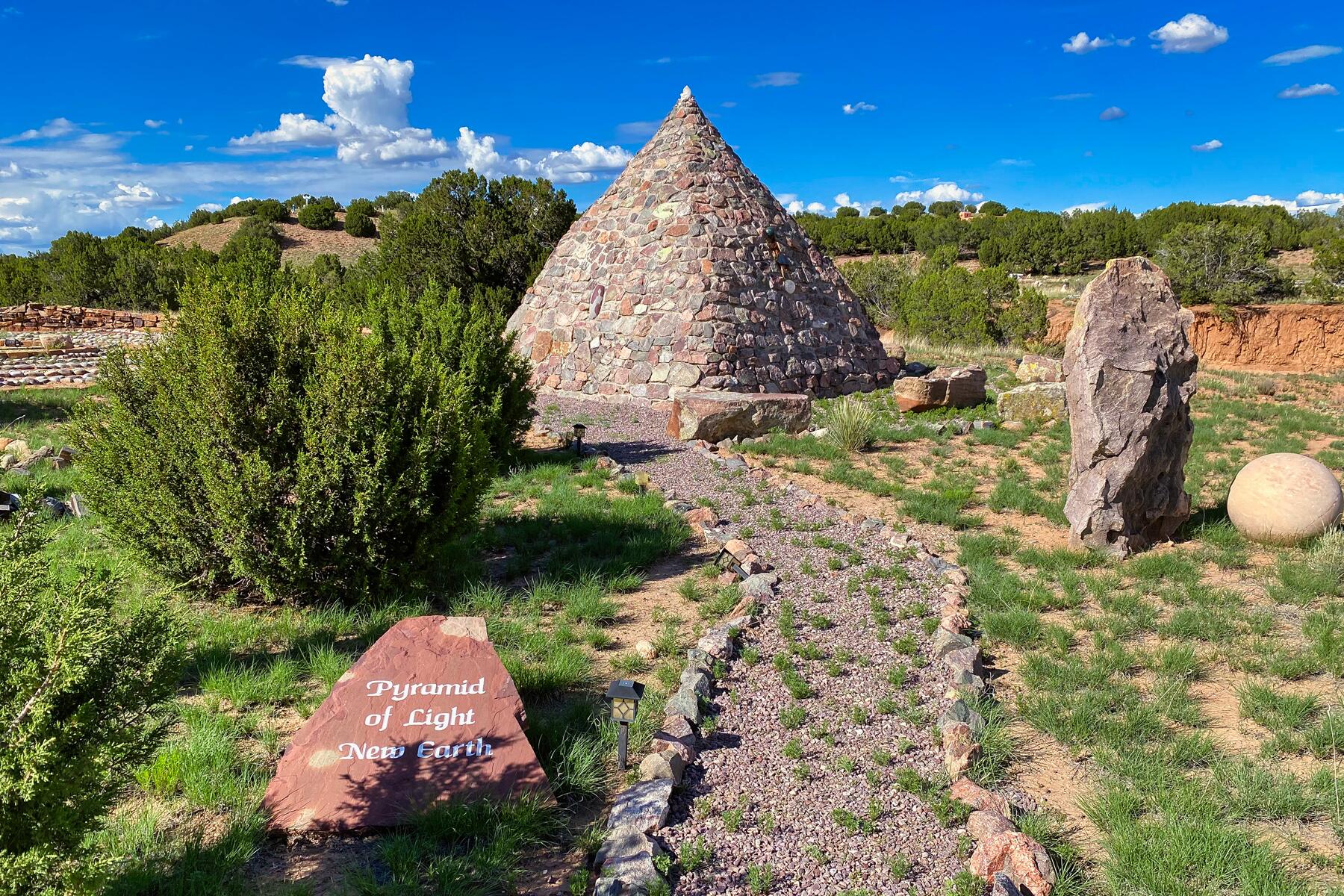
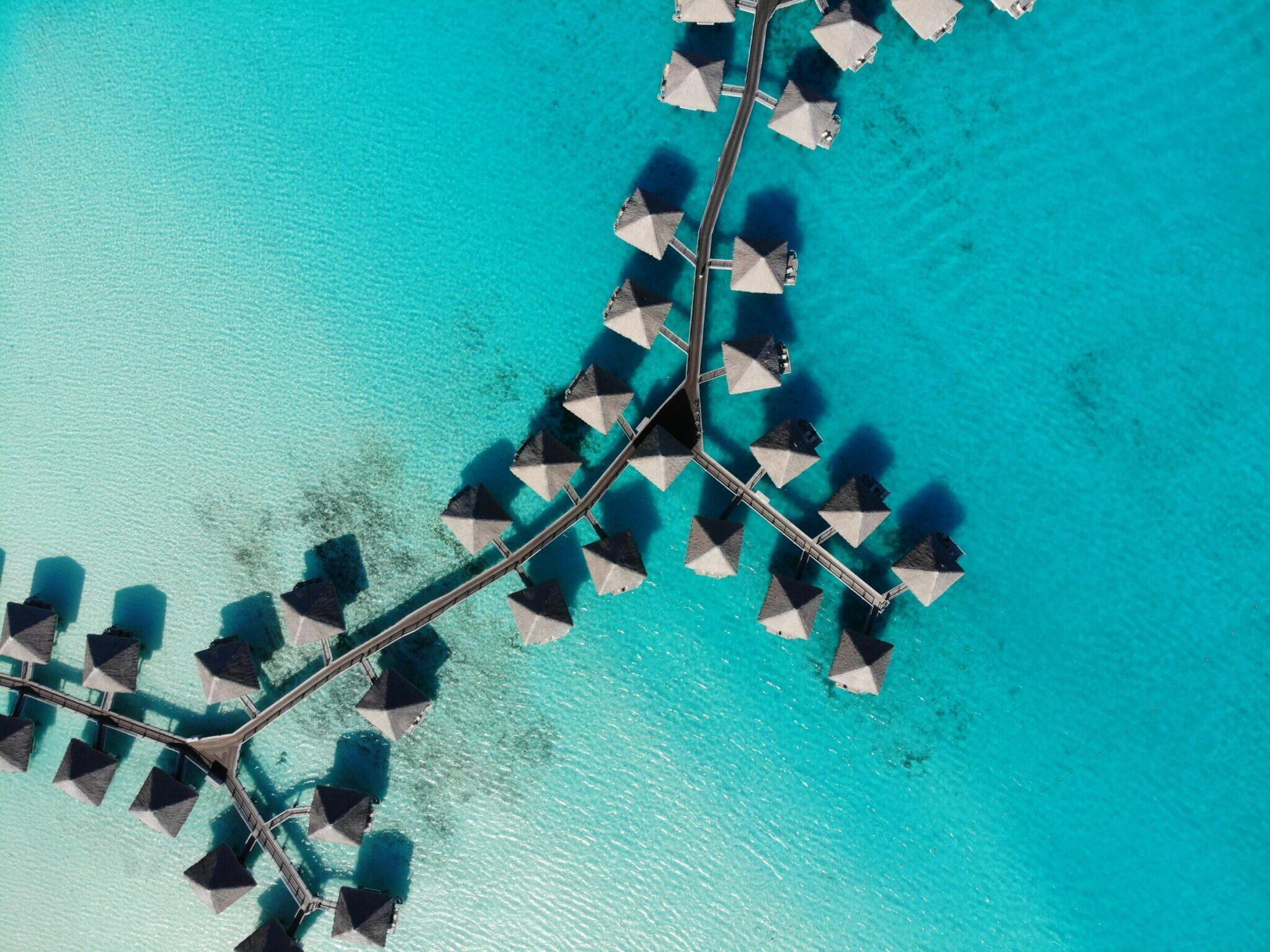
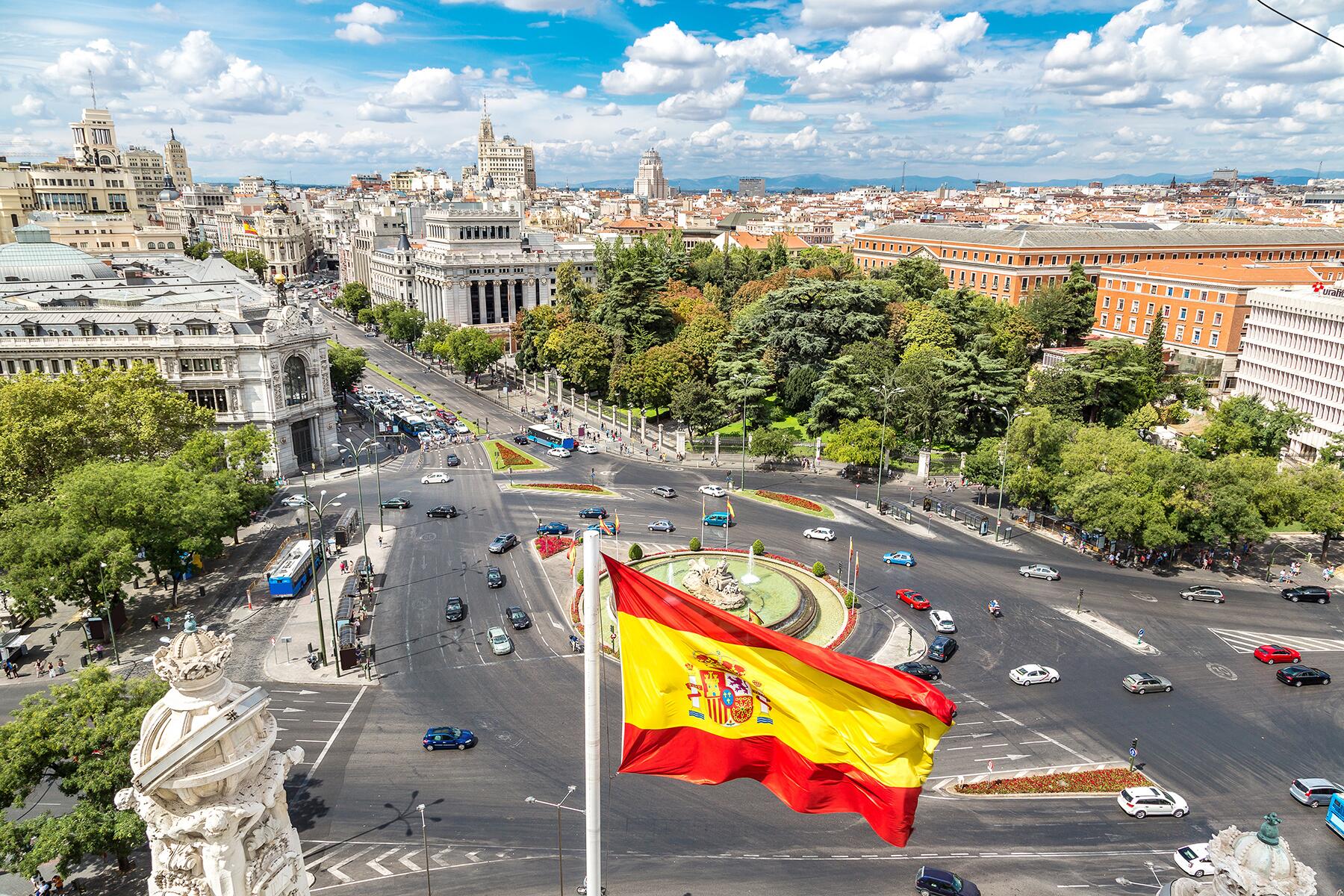
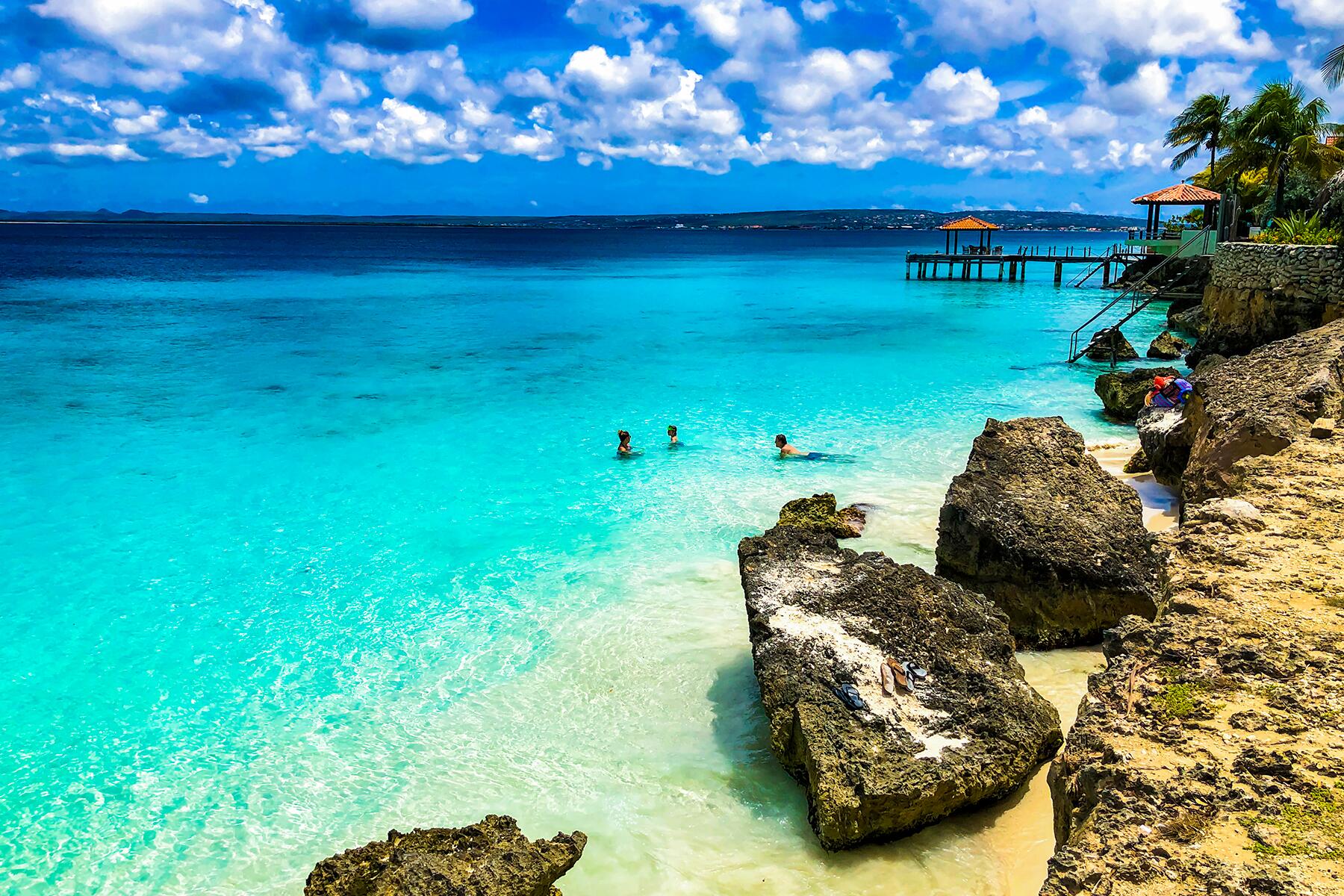
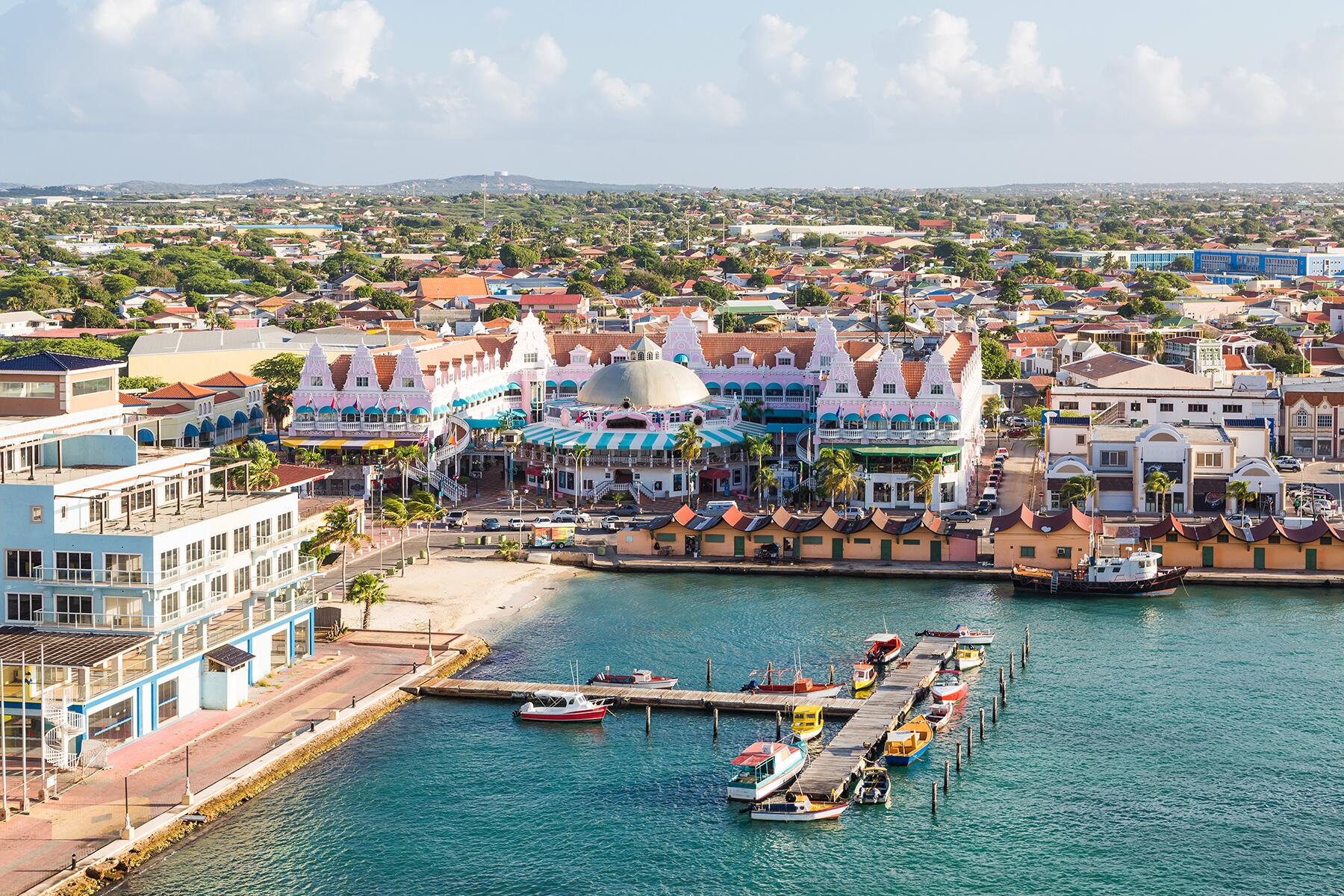
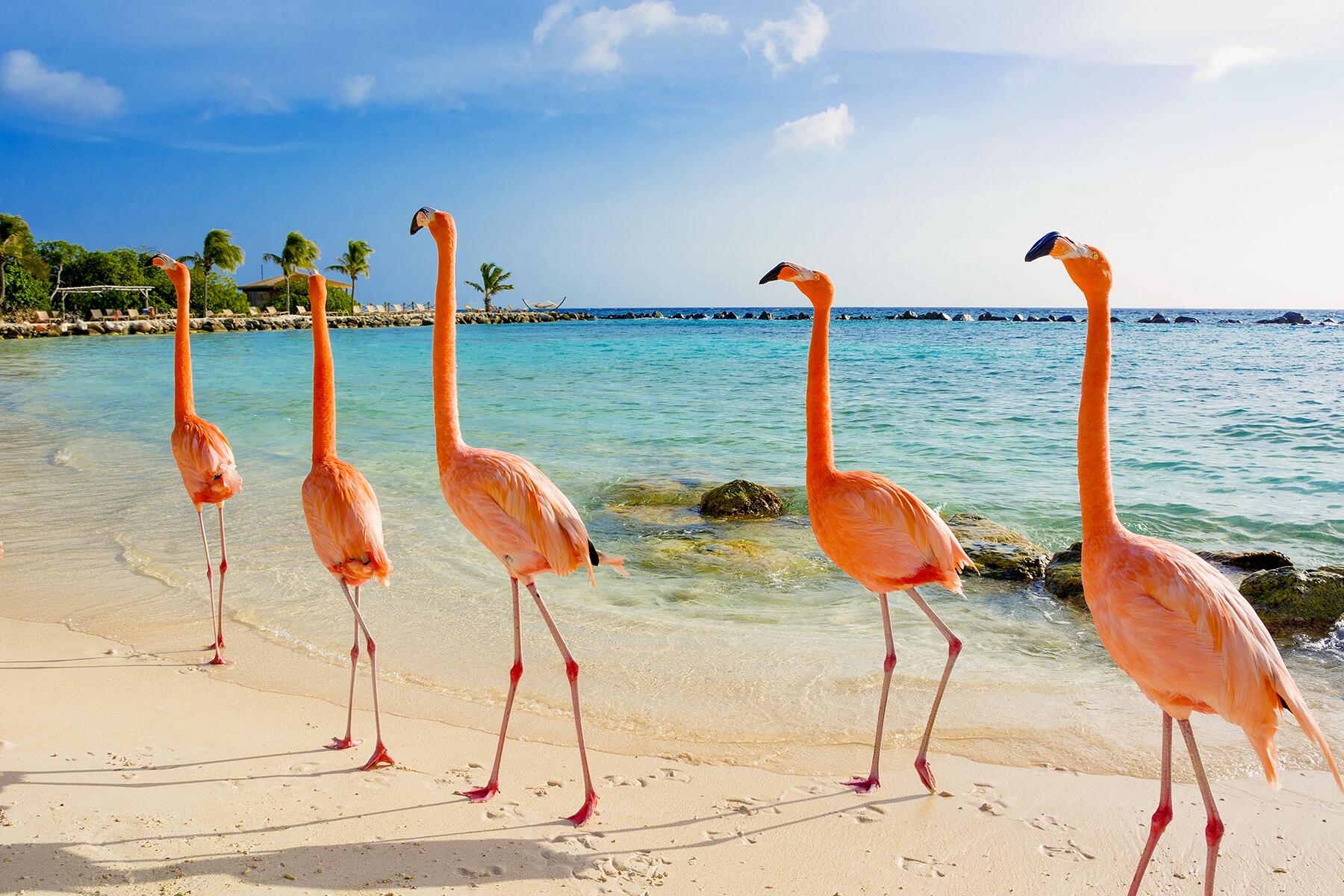
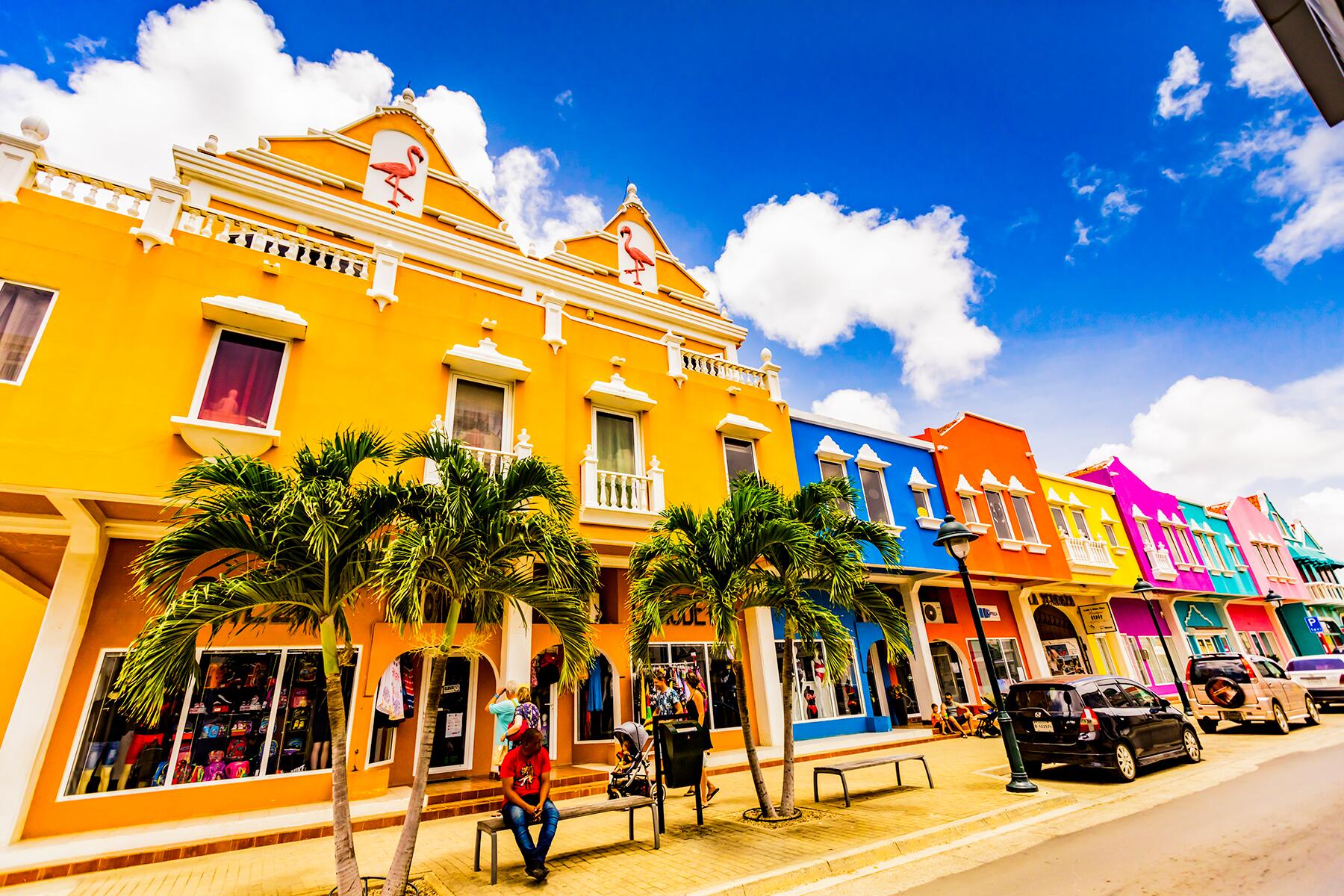
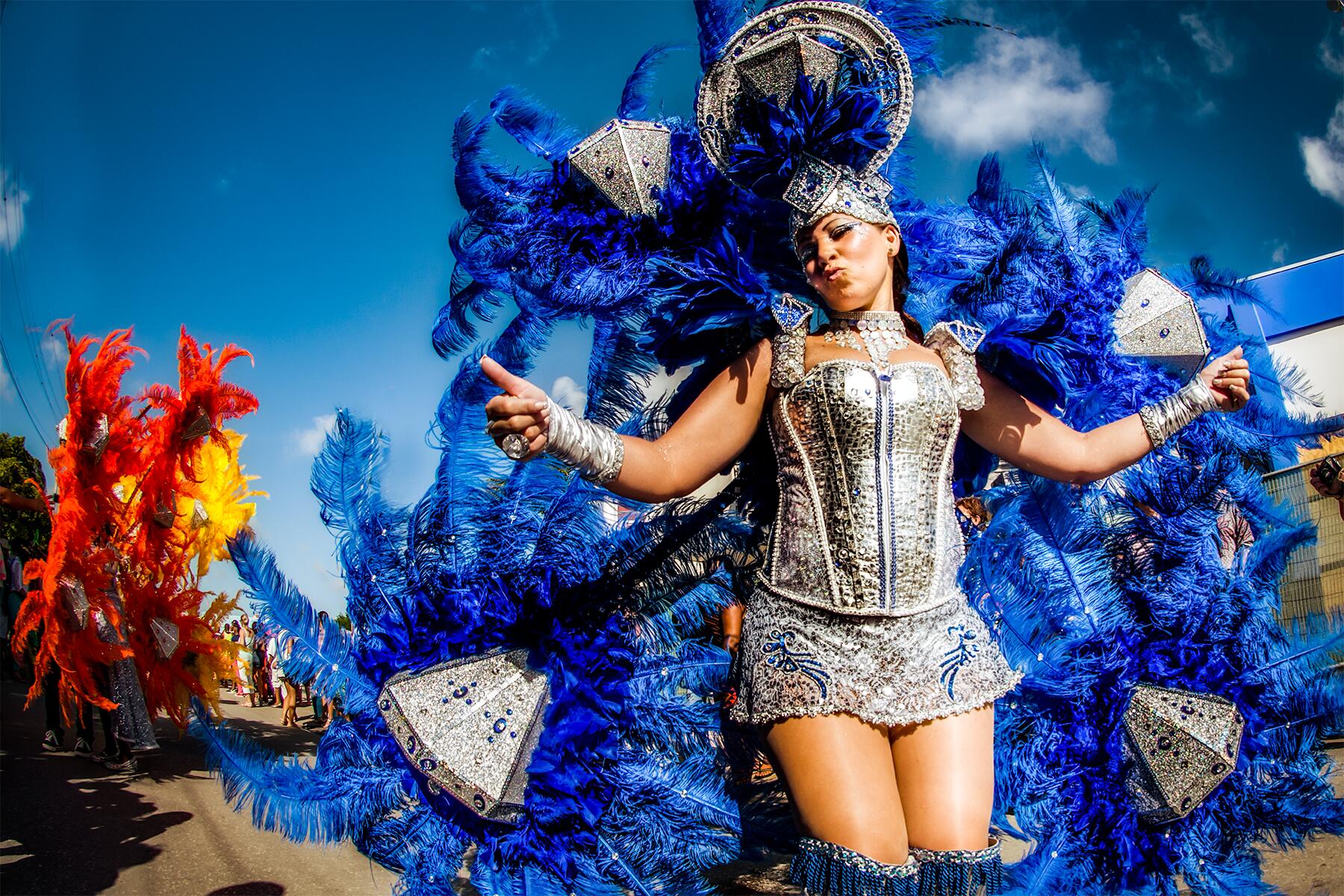
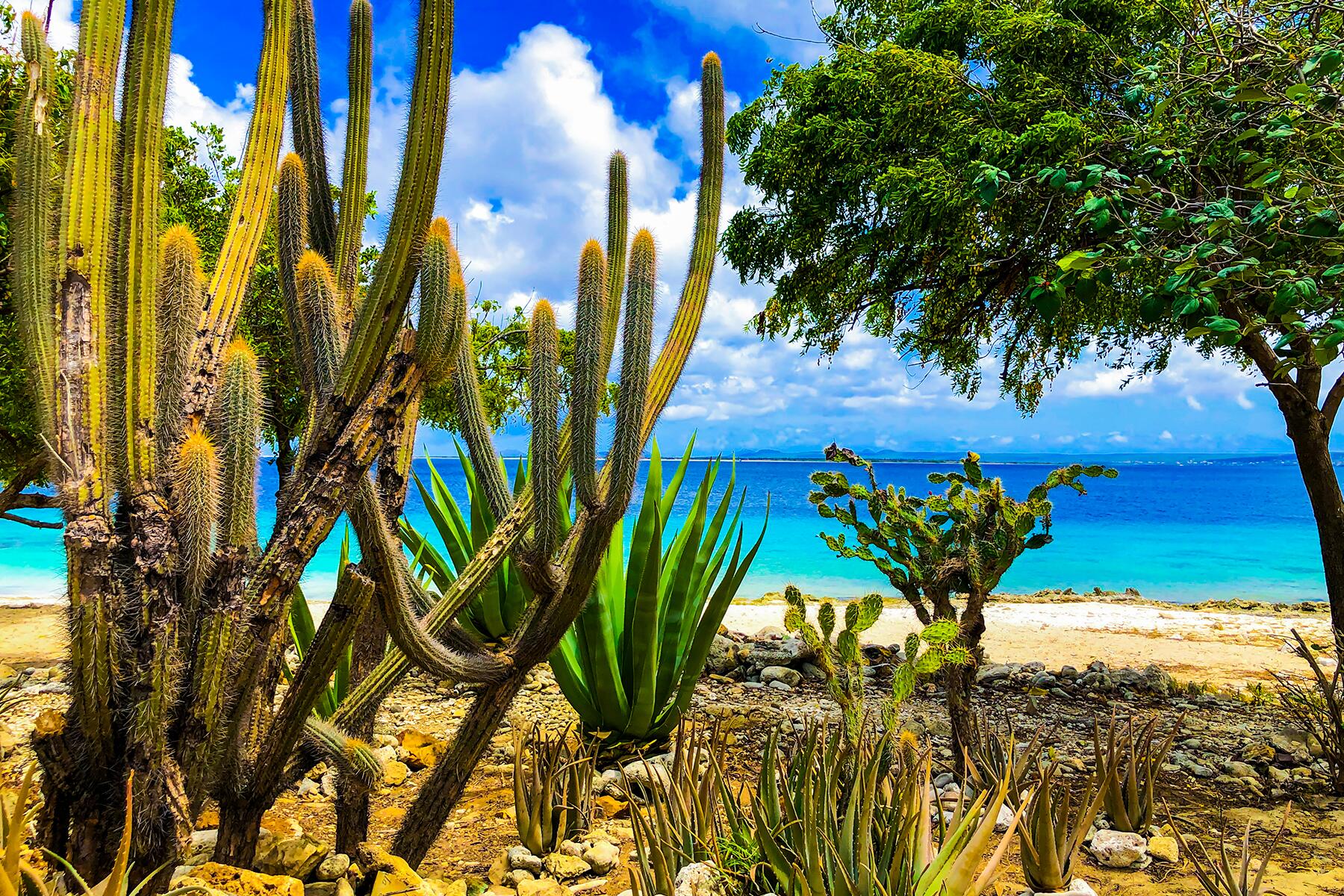
thankyou for providing this useful information